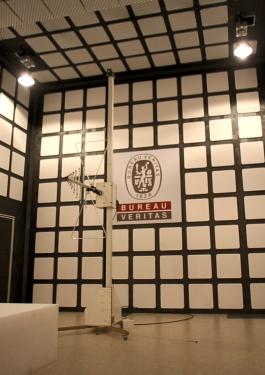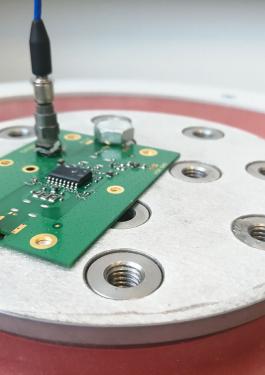Renewable Energy
Power with Confidence
Demand for green energy continues to grow substantially, driven by the rising cost of conventional
energy sources, increased public awareness of environmental protection issues and expansion of
government regulation and industry standards.
Among several new technologies, solar photovoltaic energy is especially popular, being considered
mature, robust and reliable for the generation of electricity.
However, manufacturers, retailers and importers of photovoltaic technologies are faced with
numerous challenges, including the design a product that functions effectively with various in-
country climatic differences; understanding and complying with the various grid interconnection
requirements; developing products that meet or surpass the increasing reliability requirements;
and positively differentiating product(s) to compete against global competitors.
OUR APPROACH TO RENEWABLE ENERGY TECHNOLOGY TESTING
Bureau Veritas is the first compliance services provider in the world to achieve IEC 62109-1, IEC
62109-2 CBTL, along with the GS mark for EN 62109-1/-2 accreditation. We also have the first ISO
17025 BDEW lab in the Asia Pacific region; and can provide complete services for PV inverters.
Our services include safety testing, EMC testing and grid connection certification services,
throughout Australia, South Africa, India, Thailand, Japan, Korea, China, America and more than 20
EU countries.
The renewable energy market is affected by a variety of factors, including:
- Gas and renewables pushing out coal – Natural gas and renewable energy generated 53 percent of US electricity in 2018, up from 35 percent in 2009. This trend is expected to continue.
Wind and solar also dominate renewable growth. Wind and solar capacity in US has more than
quadrupled since 2009 (from 36.2 GW to 164.6 GW in 2018) close to 10 per cent of the
country's total electricity production. - Energy storage – Energy storage is key to balance power supply and demand, and to tackling
the intermittency issues of renewable energy. Batteries are the most common storage devices
– however, new energy storage technologies are expected to continue being developed,
making their use more viable and affordable. - Energy blockchain and IoT – Blockchain is an incorruptible digital ledger that conducts and
records transactions through a peer-to-peer network. The lack of centralisation in blockchain
means it is ideal for eliminating the middlemen of electricity suppliers. It reduces energy
inequality and inefficiency and empowers consumers to buy and sell energy from other
consumers directly. - Commitment to go green – An increasing number of corporations, cities and countries are
embracing emissions reduction targets and climate action plans, to meet the goal of limiting
the rise in global temperature. Over 100 cities worldwide report that at least 70 per cent of
their energy production is from renewables, and more than 40 are currently operating on 100
per cent renewable electricity.

